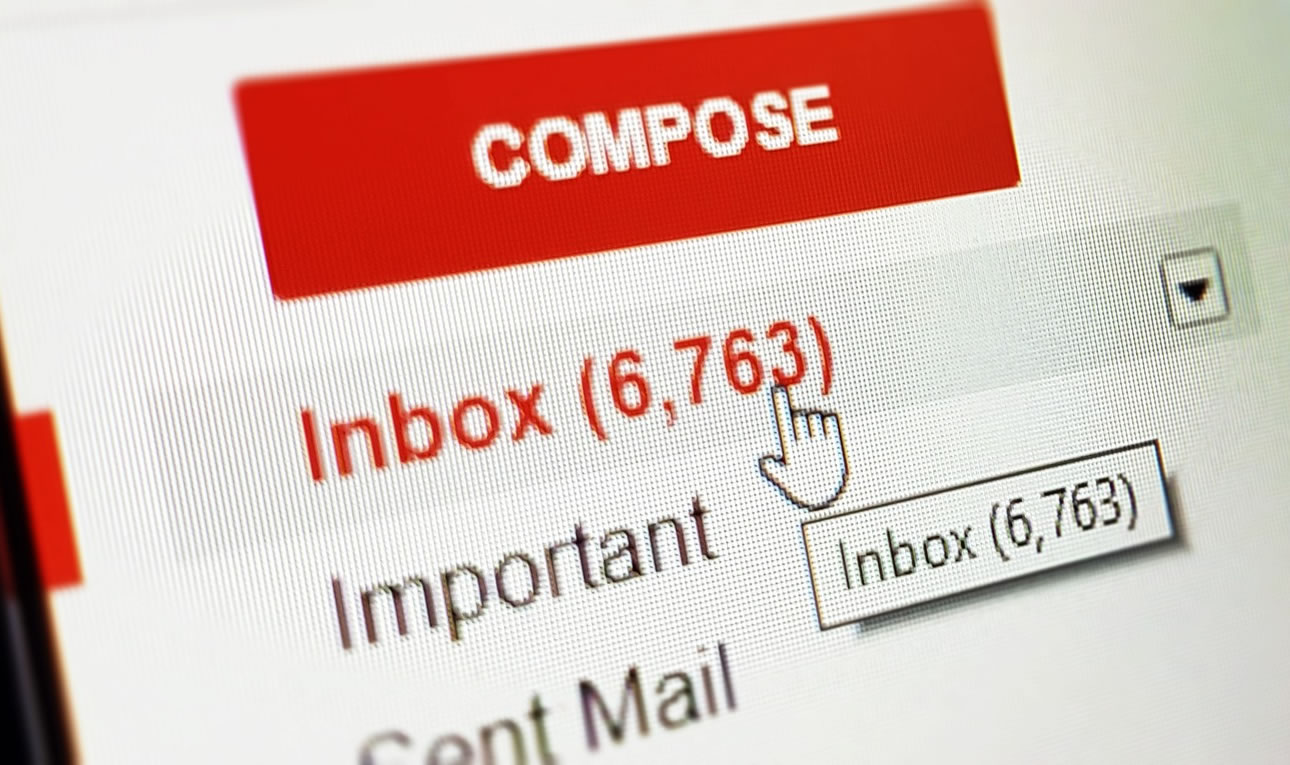
What is your preferred channel of communication? If you only had one way of communicating with your colleagues at work, which one would you pick? What do you consider effective and ineffective communication? In many situations, face-to-face communication remains the most effective way of communicating. As a result, meetings are held to make major decisions or to resolve issues. However, face-to-face interactions are not always possible. The telephone too is widely used as a business communications tool. In recent times, the use of video calls and virtual meetings has eased how we communicate. Additionally, written communication has remained a popular way of communicating.
How information flows is core to the attainment of our organizational goals. Sometimes, information flows smoothly, is well understood and needed action is taken. Unfortunately, there are times when information flow is complex. Along the way, some information may fall off or there may be a complete lack of understanding. Irrespective of the channel chosen, we need to focus on whether our communication is effective. I have noticed that one channel through which information often misses its target is email. At my first job, we survived without emails. We communicated mainly face-to-face and work seemed to flow smoothly. Every morning we would hold a team meeting. In addition, there were many one-on-ones. In case of a crisis, we would call for an urgent meeting and find solutions. This seemed to ease our interactions and get work done.
Over the years, emails have made inroads in business communications. Today, they are at the centre of workplace interactions. Internally, many colleagues use email to communicate with each other. Emails are also used for external communication with customers and suppliers. Emails are certainly a preferred option when submitting documents. In many organizations, daily, weekly or monthly reports for example are sent via email. I wonder how many teams today meet physically or virtually to go through such reports. Even people sitting next to each other sometimes prefer the use of emails. Fortunately, some organizations have introduced team communication applications and online collaboration platforms to ease the internal flow of communication. This has seen a significant reduction in the volume of internal emails and made it easy for teams to work collaboratively. However, many others still rely heavily on emails for both their internal and external communication.
In a sea of internal emails, sometimes information is lost or is ignored, or it completely fails to reach its intended recipients. In some organizations, internal emails cause so much pain to both recipients and senders. Some smart businesses have gone to the extent of setting a turnaround time for emails, encouraging a reduction in the use of emails where telephone, virtual or face-to-face interaction is more appropriate. Besides internal emails, we find ourselves having to deal with external emails. Our emails are sometimes phished and included in mailing lists. We can unsubscribe from the lists or we may not have that option to opt-out. I believe it is time for our organizations to rethink their use of emails both for internal and external communication. Two key questions – first – what collaborative tools can you use to streamline your internal communication? Second – what can you do to avoid sending too many emails to your customers? There is certainly an opportunity to streamline email communication in many organizations.
Dr Lucy Kiruthu is a Management Consultant and Trainer. Connect via Twitter @KiruthuLucy









